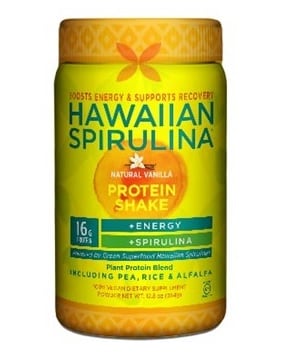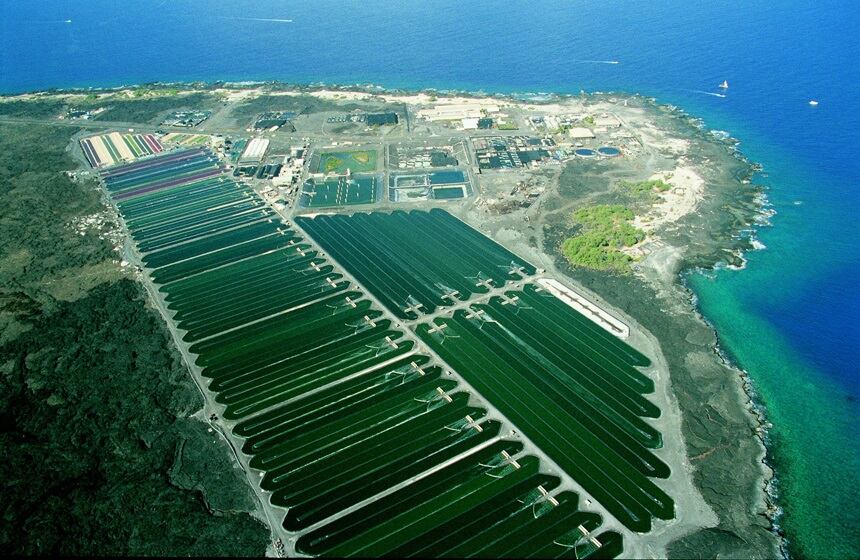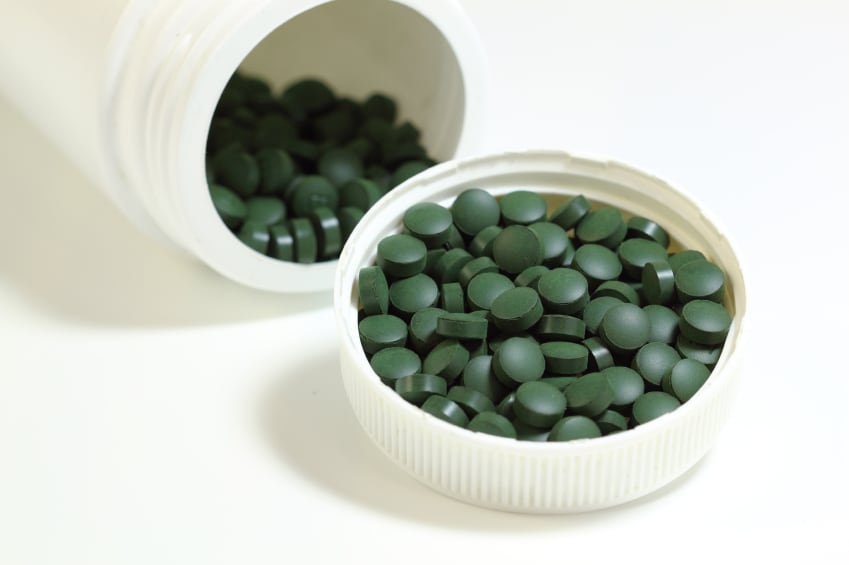Spirulina – a blue-green alga or cyanobacterium – has been in the natural product arena for many years, and many consumers have been taking supplements formulated with the algae for decades with positive results.
The US market for Spirulina to be about $20 million, with the global B2B market valued at $50-60 million, experts from suppliers Cyanotech and Valensa told NutraIngredients-USA.
The protein content is an important factor: Spirulina has the highest protein content of any other natural product, said Dr Rudi Moerck, president & CEO of Valensa International, which distributes Parry Nutraceuticals’ organic Spirulina in the US.
“It compares favorably with soy and whey proteins (non-isolate) and is a more efficient source of protein than meat, dairy and fish. This has the potential to attract communities that focus on protein consumption, such as the sports nutrition market and even seniors or people looking to lose weight,” he said.
However, the health benefits of Spirulina are not limited to the protein content, he said. “Spirulina contains a wide variety of phytonutrients like phycocyanin, chlorophyll, carotenoids, and enzymes that are critical to offering complete health benefits.”
Claims
There are many commercially available Spirulina-based products, with structure-function claims including: “Boosts energy”; “Boosts immunity; “Supports cardiovascular health”; and “Supports eye & brain health”
Over 600 research papers have been published on Spirulina’s health benefits, including findings from a pilot study published in the International Journal of Food Sciences and Nutrition, whichreported that the alga may reduce physical and mental fatigue after exercise. The study was supported financially by Cyanotech.
Professor Robert DiSilvestro from Ohio State’s Department of Human Sciences and corresponding author on the study, told us: “The biggest value of this study is that practical benefits were observed in what could be considered models for common situations for a healthy person. Most previous human studies on spirulina examined either people with health problems or used extreme stress such as very heavy exertion.”
Dr Moerck said that the health benefits of Spirulina are associated with healthy eating and lifestyle.
“The AARP had published article that mentioned Spirulina as the number one food that adds years to your life and it was rated above other foods like blueberries, walnuts etc. Spirulina has a wide array of nutrients like amino acids, essential fatty acids, minerals, vitamins and rich phytopigments like Phycocyanin, carotenoids and chlorophyll. Spirulina also some unique polysaccharides that have immune boosting properties,” said Dr Moerck.
From supplements to food…

Mainstream appeal and acceptance will involve expanding the use of Spirulina in food and beverages, and the alga poses very distinct challenges from a formulation perspective. While advances have been made with the taste (suppliers note that good quality Spirulina has a very mild taste), the real challenge comes with the color.
“When put in foods at a concentration of as low as 2%, it will turn the food green,” noted Gerry Cysewski, PhD, CSO and Exec VP of Cyanotech. “Also the antioxidant carotenoids in Spirulina are sensitive to heat and oxygen, and so processing of foods with Spirulina should be limited to short times and low heat.”
Despite the mild taste, there is a major percentage of consumers who dislike the algae organoleptics, said Dr Moerck. “Because of this, the Spirulina market has not grown in the mass market and is mainly limited in the natural and health food channel,” he said. “Recently, the e-commerce channel has been growing fast and educating consumers on the health benefits of Spirulina and developing new products with Spirulina.”
Cultivation
According to a 2008 report from the FAO, Cyanotech cultures about 350 tonnes/annum of Spirulina pacifica, a specially bred strain of the Spirulina platensis. Another notable US-based producer is California-based Earthrise, which cultures about 450 tonnes (2002 figures).
Cyanotech’s Cysewski explained that Spirulina is grown in very alkaline water with a pH of 10.0 to 11.0.

“This alkaline condition is created by adding food grade baking soda (sodium bicarbonate) to water at a level of 16 grams per liter,” he said. “In addition, a source of nitrogen (nitrates), phosphorous (phosphate), iron, and other trace minerals are added to the water to mimic the natural conditions in which Spirulina grows. For the production of Hawaiian Spirulina seawater pumped from a depth of 2,000 feet is used to supply natural trace elements.”
Cyanotech grows its Spirulina in large open ponds. After roughly one week the Spirulina pond is harvested, filtered, washed with fresh drinking water, filtered again, spray dried, and then subjected to 16 different quality tests, including complete microbiology testing.
Another country with significant Spirulina production is China, said Cyanotech’s Cysewski, and much of that is used domestically in China, with some being imported to the US.
Dr Moerck questioned the quality of the Chinese supply.
“There is large scale cultivation, like in lakes, for algae in specific parts of China including Inner Mongolia,” he said. “Since the climatic conditions allow extensive cultivation for only 7 to 8 months a year, they have to manufacture large quantities during the peak season and store it. The control of microbiology in large scale cultivation is a challenge and they often must use aggressive techniques like irradiation that will make the product almost sterile, which is unacceptable in natural products.
“There have also been issues with polyaromatic hydrocarbons that don’t meet EU specs. However, due to government subsidies, the Chinese Organic Spirulina is very cheap and large quantities are being imported into the US for use by price sensitive brands.”
Parry Nutraceuticals produces its algae in Oonaiyur, South India on a 130 acres site.

Dr Moerck said that demand for the organic Spirulina has “definitely increased” because of organic certification, “but this is not the only driver for our growth”, he added.
“Other quality issues contribute to growth – including our USP verified status, extensive testing for metals and other contaminants and our efforts to improve the organoleptic properties of our Parry Organic Spirulina to make it more acceptable to mainstream consumer palettes. Organic certification is important, but as this superfood looks to go more mainstream, there are a range of issues that we, as an industry, need to tackle.”
“The demand for Parry Organic Spirulina from quality conscious brands has been increasing. We have stayed away from brands that look for cheap, minimal spec Spirulina products. Unfortunately, there are lots of reputed brands in the market that use cheap Spirulina and sell to gullible customers based on minimal internal specifications,” said Dr Moerck.
Clean sources
While Dr Moerck sees a bright for Spirulina, and organic Spirulina in particular, he did say that awareness needs to be built about clean sources of algae. "The EU regulations are strict about the presence of PAH like benzopyrene. This is a major challenge with sources of Spirulina from low cost producers. So, the consumer has to look for clean sources with proper testing on PAH, algal toxins, heavy metals etc.
"The compliance to regulations like Prop-65 (heavy metals especially lead) has to be at high servings like 3 g to 5, and not only at small servings like 0.5 g to 1 g. This will be a problem for consumers and some of the brands will make compromises to their source based on price. Therefore, there will be a growing awareness among consumers and they will want more information on the source and testing. We already see a major trend towards this."

